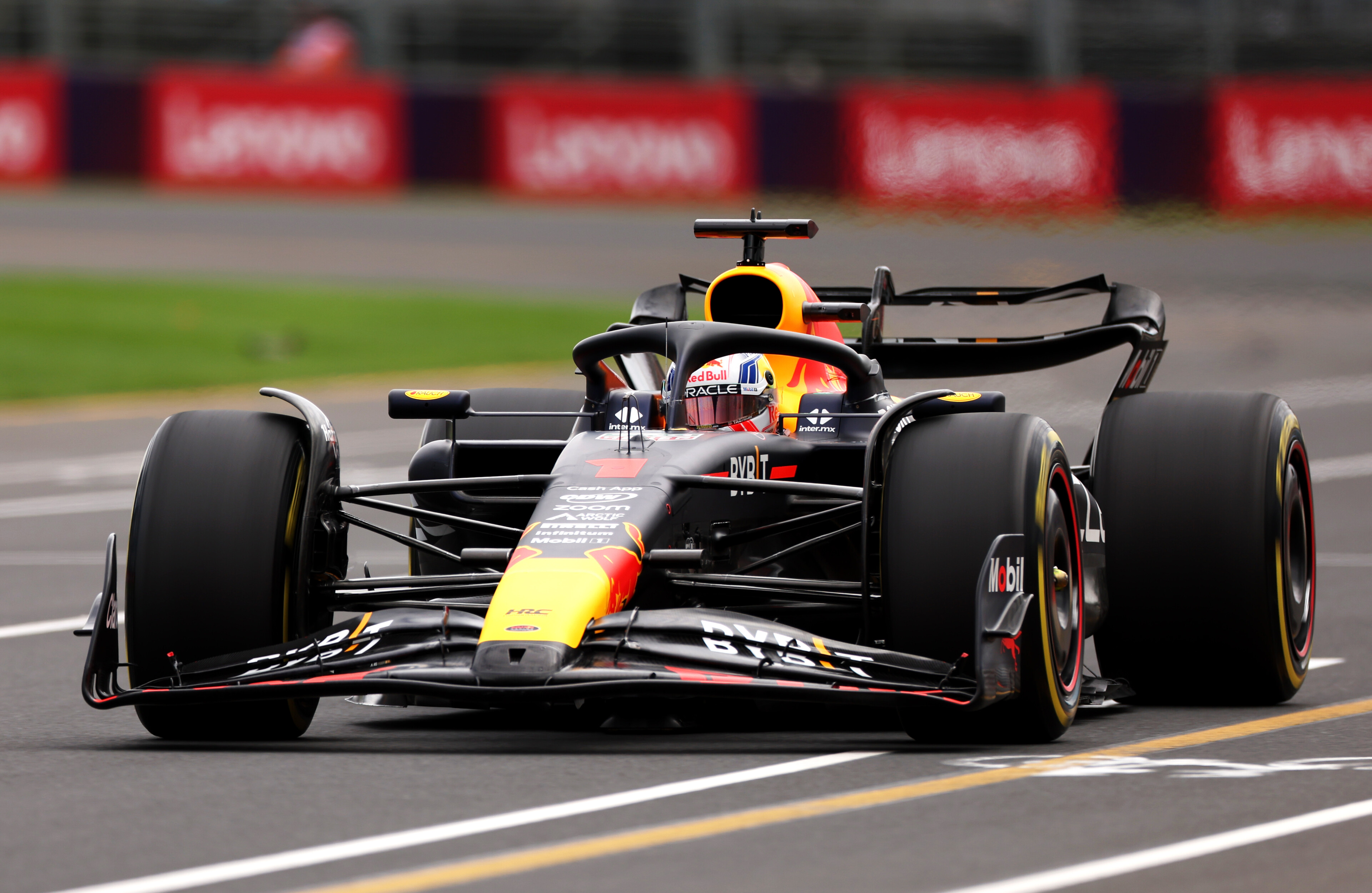Up Next

Ferrari admits it expected to “compensate a bit more” its straightline deficit to Red Bull this year but that has been hampered by its rival’s “mega big” DRS advantage.
When the two teams were evenly-matched in the first part of last season it became clear that Red Bull’s car was much more potent than Ferrari’s in terms of straightline speed.
Though there were other reasons Ferrari’s title challenge imploded, a key development priority for its 2023 car was to make it faster on the straights.
That has been achieved to a reasonable degree, lifting Ferrari from middling-to-low speed trap figures in the first three races of 2022 to this year having one of the fastest cars on the straights in Bahrain and Saudi Arabia in particular.
But Red Bull continues to be a vexing rival and its impressive aerodynamic efficiency, often simplified to just being a big advantage while the drag reduction system is active, has limited the gains Ferrari expected to make.
Ferrari team principal Fred Vasseur said: “Red Bull has a mega big DRS effect. Bigger than everybody else. And we have to understand how they are able to do something like this.”

Asked by The Race if Ferrari had expected to compensate its gap more effectively as it appeared Red Bull had moved the target, Vasseur countered that “the difference was probably bigger last year”.
“We were expecting to compensate a bit more, but the gap was bigger last year,” he insisted.
“Now for sure we have room for improvement in this area. They are doing something different and they are doing something better for sure.
“But we are on it.”
We can scrutinise Vasseur’s claim on a basic level. Speed trap figures can be misleading as they just reflect a speed at a certain point of the track – they don’t show how quickly a car reached terminal velocity and at some tracks they also don’t reflect the fastest point of the circuit.
In Melbourne, for example, speeds are slightly higher at the end of the two DRS zones in the middle of the lap than they are at the speed trap positioned just before Turn 1.
But as we are comparing like-for-like measurement points, the speed trap figures are of some value. And the numbers do support Vasseur’s claim that Red Bull’s advantage is smaller than last year – compared to Ferrari, at least.

In Bahrain, Ferrari improved from a clear speed trap deficit (6.6km/h) last year to a minor advantage (0.9 km/h) in 2023.
Ferrari was back to being slower than Red Bull at the next two races although there were year-on-year gains relative to Red Bull in the speed traps in Saudi Arabia (3km/h) and Australia (3.1km/h).
However, those numbers just reflect how much closer Ferrari got. And one thing to keep in mind is that the deficit was so big last year that even those year-on-year improvements relative to Red Bull still resulted in quite a big disadvantage for Ferrari after Bahrain.
Ferrari’s speed trap comparison to Red Bull
Bahrain
2022 6.6km/h down
2023 0.9km/h up
Saudi Arabia
2022 8.0km/h down
2023 5.0km/h down
Australia
2022 8.5km/h down
2023 5.4km/h down
In Saudi Arabia, the lead Ferrari was still 5km/h down on the lead Red Bull at the speed trap in qualifying, and 7.1km/h slower at the finish line.
And in Australia there was a 5.4km/h speed trap deficit, and 2.5km/h at the finish line (this was also a smaller number last year because of the short run to the line off the final corner in Melbourne).
This must be quite disappointing for a team that openly admitted it rebalanced how it prioritised cornering performance and straightline speed for its 2023 car. It will certainly not help suggestions that Ferrari got that shift in priorities wrong, if it has made the car harder to drive while still having a clear deficit on the straights.
That probably explains why even Vasseur’s optimistic take about Ferrari’s relative gain comes with an obvious “but”, which is: “We still have to improve.”





